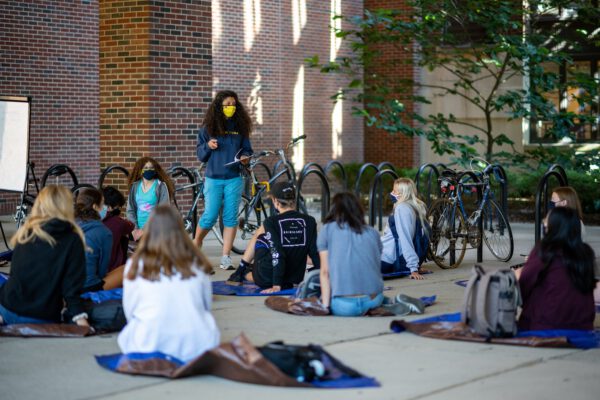Issue Brief Outlines Strategies to Address “Stranded” Credits
Title: Lost and Found: State and Institutional Actions to Resolve Stranded Credits
Author(s): Sarah Pingel
Source: Ithaka S+R
As postsecondary attainment is increasingly tied to economic and workforce development, a new issue brief by Sarah Pingel of Ithaka S+R discusses strategies for institutions and states to better address stranded credits, or academic credits that students have earned but cannot access because they have an unpaid balance at another institution.
Pingel distinguishes between types of institutional holds to explain how systems contribute to ongoing problems with attainment and stranded credits. Registration holds prevent students from registering for classes for reasons such as academic and non-academic compliance. Transcript holds prevent students from obtaining official transcripts from their institutions for reasons such as an outstanding balance, which impacts students who wish to transfer to other institutions. This is how stranded credits are created.
Students may experience one or both types of holds, creating challenges for attainment and requiring different types of resources and support. Pingel discusses policy actions at the federal, state, and institution levels to address these challenges more effectively and efficiently.
At the federal level, she suggests updated guidance from the Department of Education for institutions on transcript withholding practices and policies. At the state level, she highlights the importance of addressing barriers to postsecondary education like stranded credits to help states meet attainment goals. The brief includes a discussion of states that have implemented policy responses to transcript withholding through legislative or regulatory efforts, and policies such as debt referral (which allows or requires public institutions to refer outstanding balances to state debt collection agencies) and authority to cancel debts owed.
At the institution level, Pingel outlines three efforts leaders should consider:
1. Adapt to the needs of today’s students: Ensure leaders know who their students are and work to connect them with resources that support their basic needs. For example, paying tuition may not be a priority if a student needs to ensure food is on the table or a medical bill is paid.
2. Leverage collaborative communication between campus units: Students experience campus functions in a unified manner; billing practices, for example, should take this into consideration to help students navigate institutions more easily.
3. Cooperate with other postsecondary institutions in the region and state: As students are more mobile—changing where they live, their academic plans, or their employment status—outreach efforts to stopped-out students and agreements with other institutions in the state or region could provide flexibility in transfer processes.
To read the full issue brief, click here.
—Danielle Melidona
If you have any questions or comments about this blog post, please contact us.


